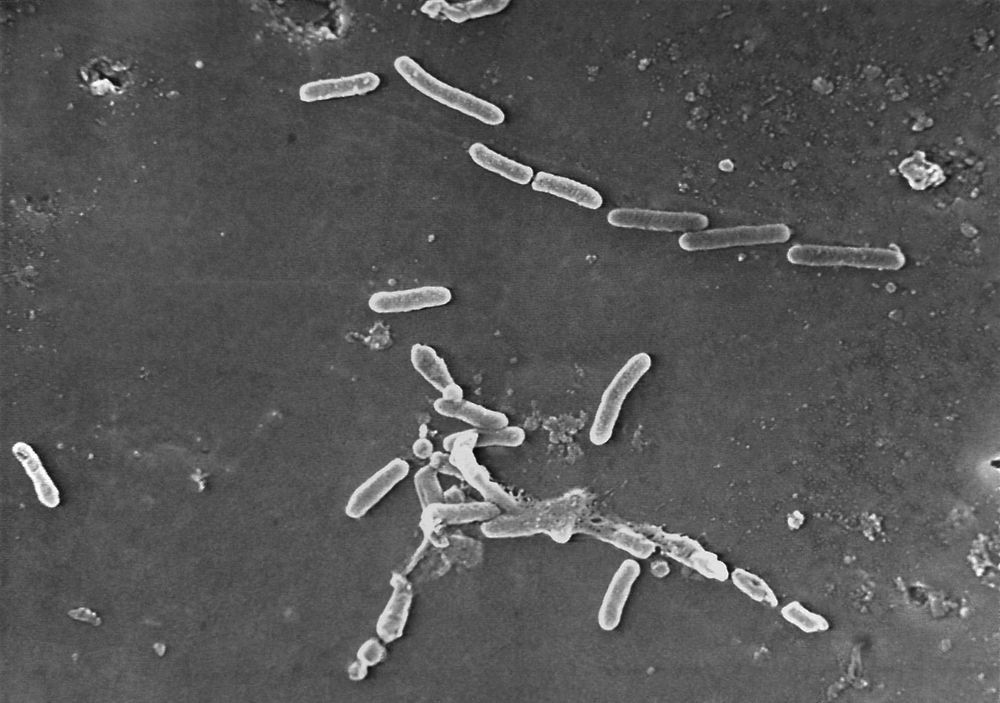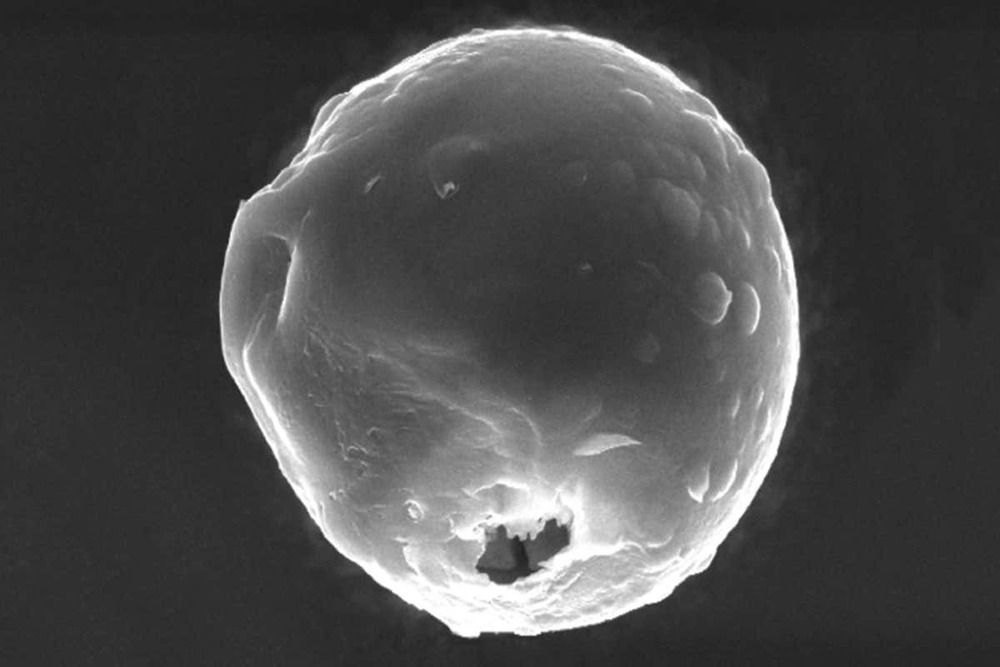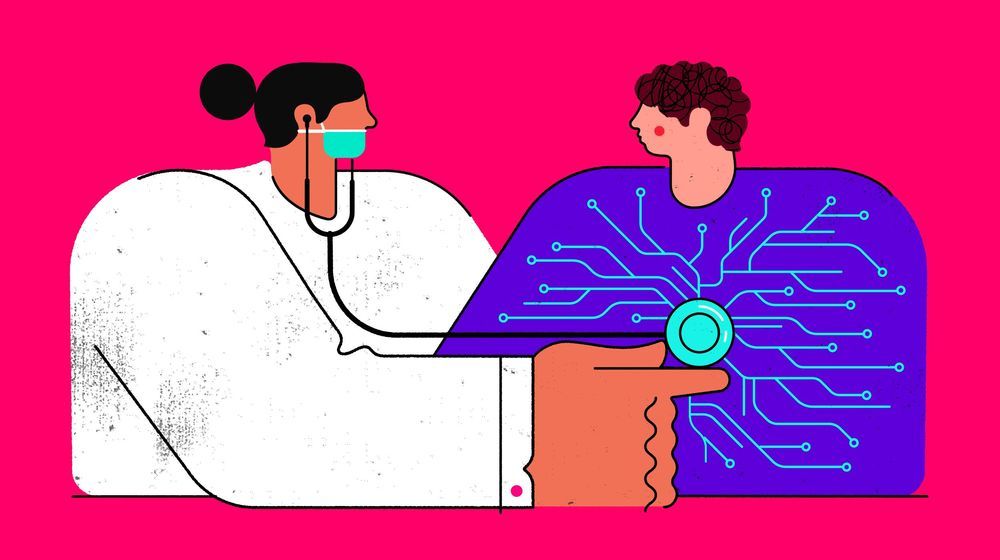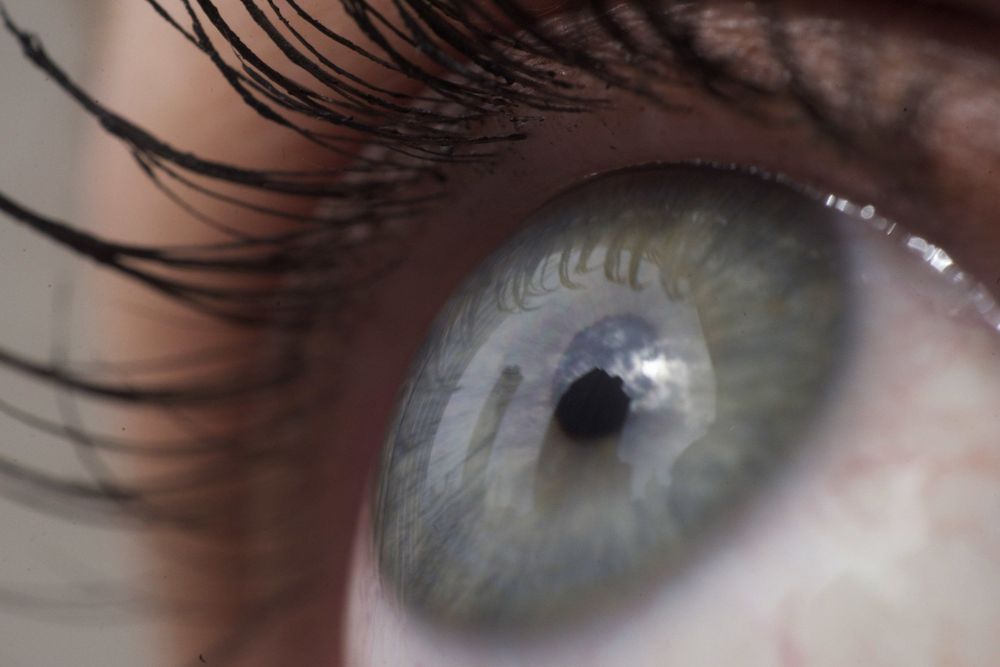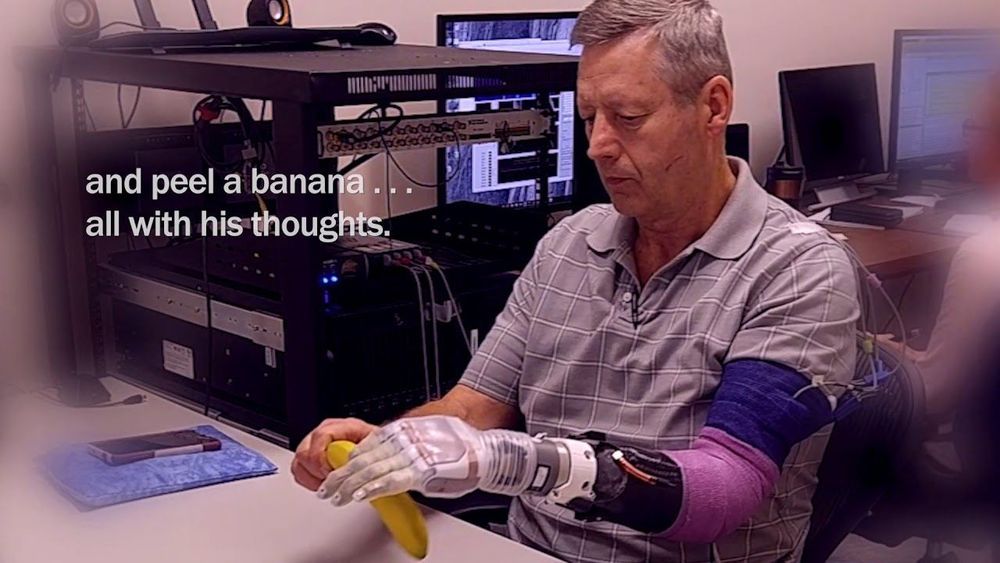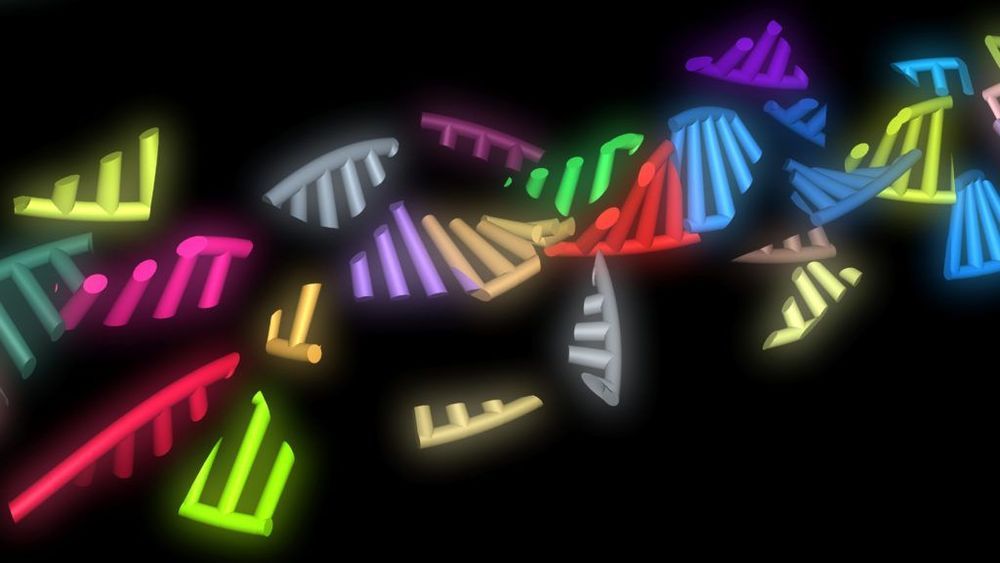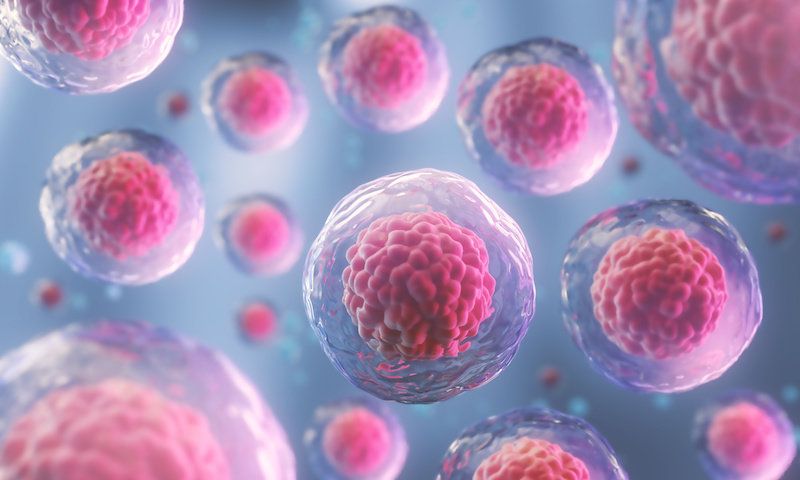Jul 27, 2019
Cybersecurity expert arrested in Vegas for creating malware won’t serve any more time
Posted by Genevieve Klien in categories: biotech/medical, cybercrime/malcode
MILWAUKEE (AP) — A British cybersecurity expert credited with helping stop a worldwide computer virus in May 2017 won’t serve any additional time behind bars for creating malware years before he won international acclaim.
U.S. District Judge J.P. Stadtmueller sentenced 25-year-old Marcus Hutchins on Friday in Milwaukee to time served, with a year of supervised release. Stadtmueller said the virus Hutchins helped stop was far more damaging than the malware he wrote.
Hutchins pleaded guilty in May to developing and conspiring to distribute malware called Kronos from 2012 to 2015. Prosecutors dismissed eight charges in exchange for his plea.


